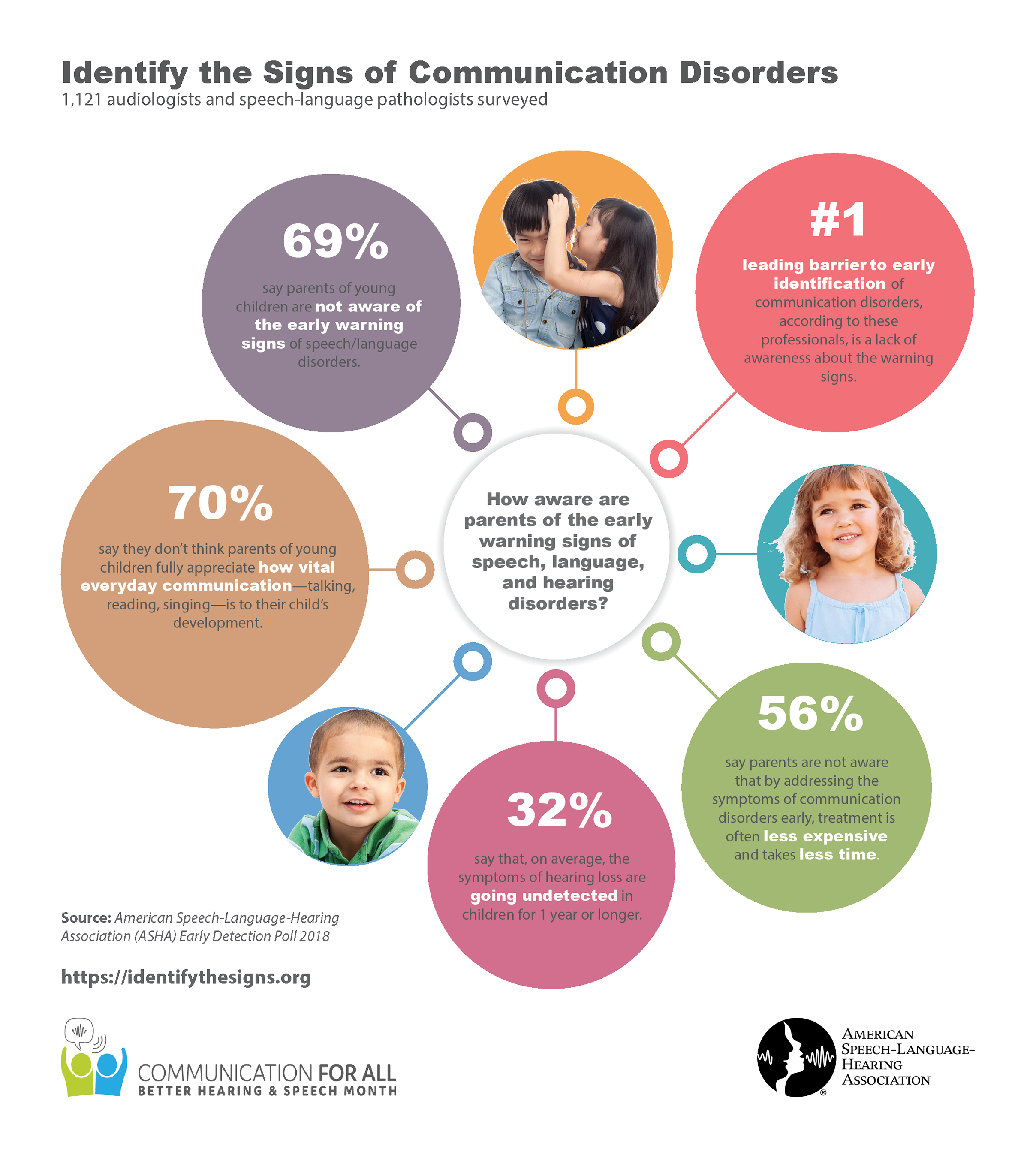National Down Syndrome Awareness Month
Down Syndrome is a condition where a person is born with an extra chromosome. The physical features and medical problems associated with down syndrome can vary widely from child-to-child. Kids with Down Syndrome tend to share certain physical features such as a flat facial profile, an upward slant to the eyes, small ears, and protruding tongue. Some also may have low muscle tone (called hypotonia), which is also a characteristic.
Today, many kids with down syndrome go to school, hold jobs, and enjoy many of the same activities as other kids their age. They go to college, and transition to semi-independent living as well.
This month is not about celebrating disabilities, it's about celebrating abilities! Join us in celebrating and raising awareness.
Resources:
- http://www.ndss.org/Down-Syndrome/
- http://downsyndromecommunity.org














